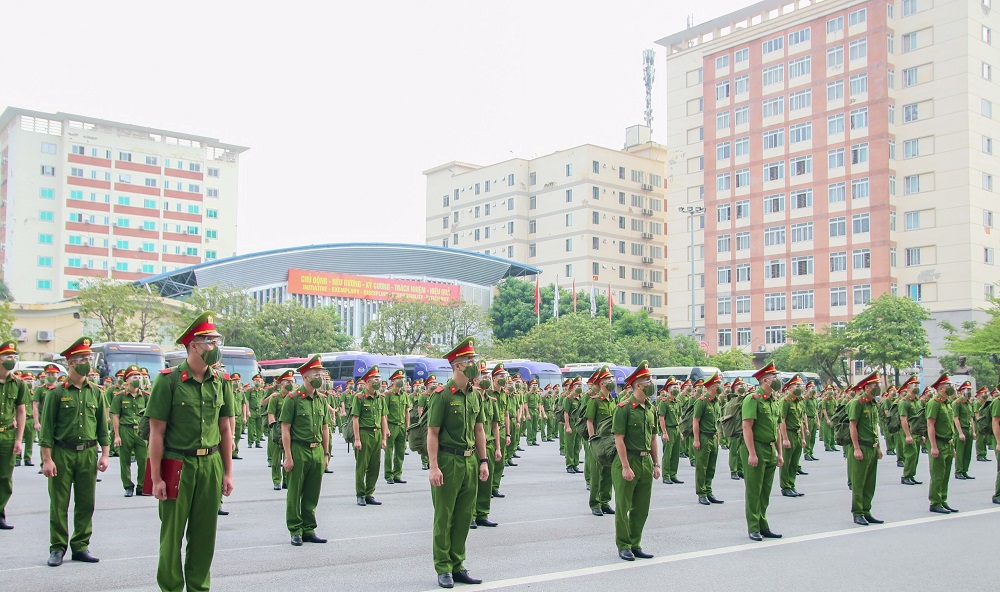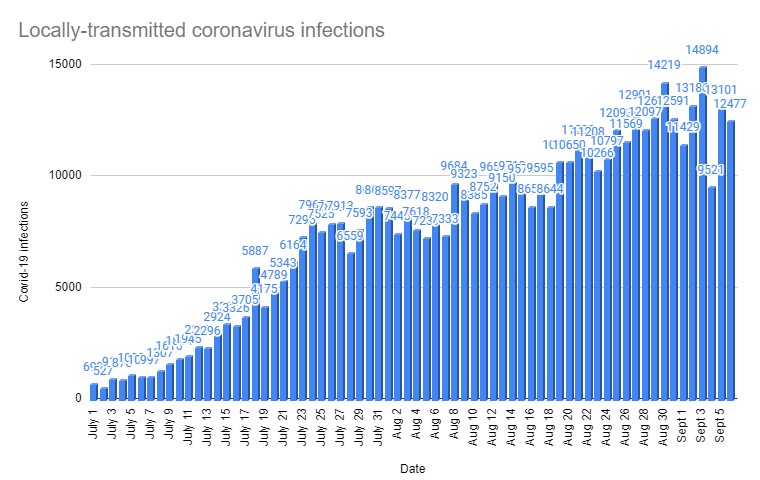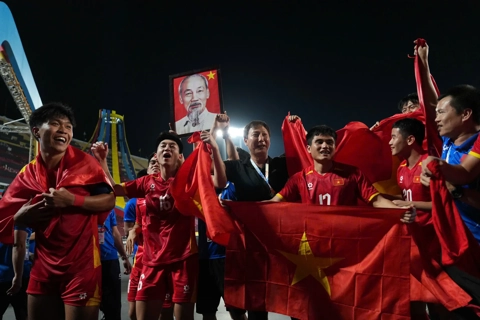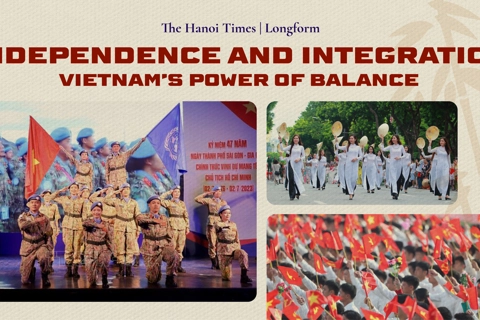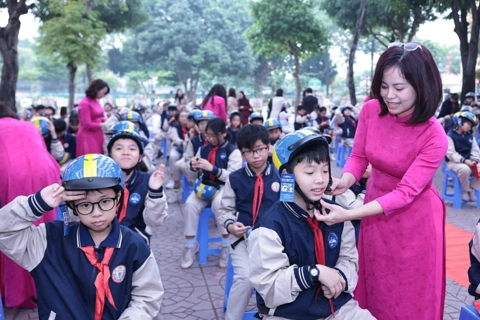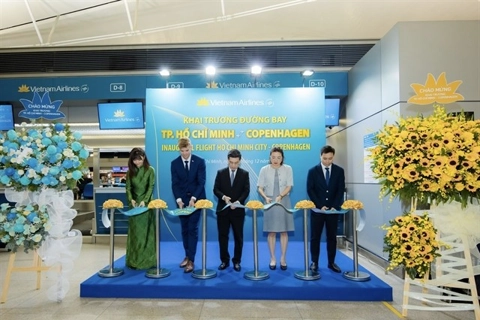HCMC to resume business activities in "green" zones: Mayor
The city will reopen its economy based on the pandemic movement. The scale is expected to be extended after September 15.
Ho Chi Minh City, Vietnam’s virus epicenter, will resume business activities in areas where have basically controlled the pandemic, said Chairman of the municipal People’s Committee Phan Van Mai.
| Chairman of the municipal People’s Committee Phan Van Mai in a dialogue on September 6. Photo: Minh Vu |
The statement was released at a “Citizens Ask – Authorities answer” dialogue broadcast live on September 6.
Accordingly, they will soon resume operations Binh Dien and Hoc Mon, two out of four wholesale markets to ensure sufficient goods supply to the city of 10 million people.
In addition, the “green zone” (safe zone) will allow takeaways before September 15. The scale will be extended after September 15 if the pandemic situation would become better, Mai said in the dialogue.
The next sectors that are subject to the reopening will include e-commerce, manufacturing medical equipment, producing food and foodstuff, construction sites, and supply of building materials.
To prepare for the reopening of the economy, the city will have to contain the spread by detecting infections and promote vaccination in line with setting plans for the recovery, the chairman said.
“We try to build the plans before September 15,” Mai said.
Concerning businesses, he pointed out several main challenges facing them, including debts, lack of manpower and vaccines, and expenses.
"The city will tackle the problems by accelerating vaccination, reducing retail rental, electricity, and water bills. In addition, it will request the central bank for proper policies to help businesses overcome difficulties," he added.
Regarding welfare, Mai said the city has offered approximately VND6 trillion (US$260 million), including VND4.8 trillion from the city’s budget and the remaining from social sources to vulnerable groups.
Ho Chi Minh City (HCMC) has also delivered 1.6 million “welfare” packages (containing necessities). It has been distributing 14,000 tons of rice to local residents.
Mai said the local authorities could not say for sure when the restrictions would be removed because it will totally depend on the pandemic movement. However, strong enforcement of social distancing orders together with massive testing would help the city stamp out the pandemic, he said.
| Police in Hanoi before leaving for an anti-pandemic mission in the south. The photo was taken on September 6 by Khanh Huy/ The Hanoi Times |
More police sent for the pandemic fight in the south
On September 6, a group of 1,000 policemen in two national security academies located in Hanoi flew to Binh Duong and Dong Nai, two of the five most affected localities in the south, to support the fight against Covid-19 there.
Since the ongoing outbreak flared up in late April, the Ministry of Public Security (MPS) has sent more than 100,000 policemen to the pandemic fight in the southern region, Lieutenant General To An Xo, Chief of the Office, the MPS, said at the government meeting on Monday.
Meanwhile, the army has mobilized 120,000 soldiers and reserve force to support the south, Major General Nguyen Van Duc from the Ministry of National Defense said at the same meeting.
Duc said the army continues to spare no effort to the anti-pandemic in the south by ensuring sufficient food and drug to people in isolated areas and those in centralized quarantine. Military medics will run mobile medical stations to offer treatment to F0 at home.
Vietnam sees 12,481 Covid-19 infections in the past 24 hours, including 57% in Ho Chi Minh City and 18% in Binh Duong. The country’s total caseload hits more than 536,000, with more than 13,000 deaths. So far, about 30% of adults aged above 18 get first jabs.
Hanoi
On September 6, the first day that the city imposed different levels of restrictions based on geographical areas.
From September 6 to 12, Hanoi plans to test all residents. Accordingly, it will test residents in the “red zone” (high-risk zone) every two or three days, in the high-risk zone every five to seven days, according to the local government’s decision.
To boost the massive testing, the health workers will support self-testing at home.
Regarding vaccination, Hanoi targets to complete the first jabs to all people aged above 18 and it prioritizes the second shots to frontline workers, the elderly, people with underlying diseases, and pregnant women.
So far, Hanoi has undergone one month and a half of lockdown. It now reports an average of 50-70 infections per day. The city’s total caseload reached more than 3,700.
In another move, the Civil Aviation Authority of Vietnam (CAAV) considers allowing fully vaccinated people to take domestic flights.
| Covid-19 infections in Vietnam. Source: MoH. Chart: Minh Vu |


